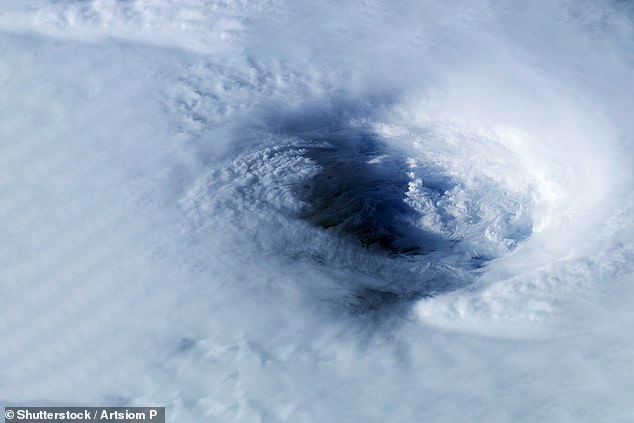
Antarctic Ozone Hole Nears Full Recovery, Expected to Close Permanently Soon
Ozone Hole Nears Full Recovery Four Decades After Alarm Sounded
Decades after scientists discovered a dangerously expanding ozone hole over Antarctica, experts now report a remarkable turnaround: the Earth’s protective shield is healing. The ozone layer, which blocks harmful ultraviolet (UV) radiation linked to skin cancer, cataracts, and ecosystem damage, is on track to close permanently if current trends continue.
A Global Victory for Environmental Action
In 1985, researchers identified the ozone hole, a seasonal thinning caused by chlorofluorocarbons (CFCs)—chemicals used in refrigerants, aerosols, and insulation. Under certain conditions, CFCs rise to the stratosphere and break down ozone molecules. By 1987, the Montreal Protocol united nations to phase out these substances. Now, a groundbreaking study in Nature confirms this treaty’s success, attributing ozone recovery primarily to reduced CFC emissions.
“This is the first study to show, with 95% confidence, that the ozone hole is recovering—and it’s because of human action,” said Dr. Susan Solomon of MIT. “It proves we can solve environmental crises when we act globally.”
From Discovery to Recovery
The ozone hole forms annually during Antarctica’s spring (September–December). After CFCs were banned, signs of healing emerged by 2016, but natural climate patterns like El Niño made it unclear if humans were responsible. Using atmospheric simulations, researchers isolated the impact of CFC reductions, ruling out other variables.
“By the 2030s, we might see years with no ozone hole at all,” said co-author Peidong Wang. “Future generations could witness its complete closure.”
How the Ozone Layer Protects Earth
[Image: Illustration of the ozone layer shielding Earth from UV rays]
Caption: The ozone layer, located 7–25 miles above Earth, acts as a sunscreen, absorbing UV radiation that harms life.
- Threat: CFCs release chlorine atoms that destroy ozone molecules.
- Progress: The Montreal Protocol phased out 99% of ozone-depleting chemicals.
Challenges Remain
While the Antarctic ozone layer recovers, other regions face setbacks. Climate change may be altering air circulation, slowing repair at mid-latitudes. Additionally, very short-lived substances (VSLSs)—used in solvents and industrial processes—are rising, though their impact is smaller than CFCs.
A Blueprint for Climate Hope
The ozone success story offers hope. “People doubted the Montreal Protocol would work, but here we are,” said Solomon. “It’s a lesson in global cooperation.” Experts urge continued vigilance to protect the ozone layer and apply similar urgency to cutting carbon emissions.
[Image: Satellite images showing ozone hole shrinkage from 2000 to present]
Caption: NASA data reveals the Antarctic ozone hole’s gradual reduction since peak depletion in the early 2000s.
Looking Ahead
By 2035, the ozone hole could temporarily vanish in some years, with full closure possible by 2060. As Wang notes, “We did this—science, policy, and public action came together. Imagine what else we could achieve.”
Word count: ~600


